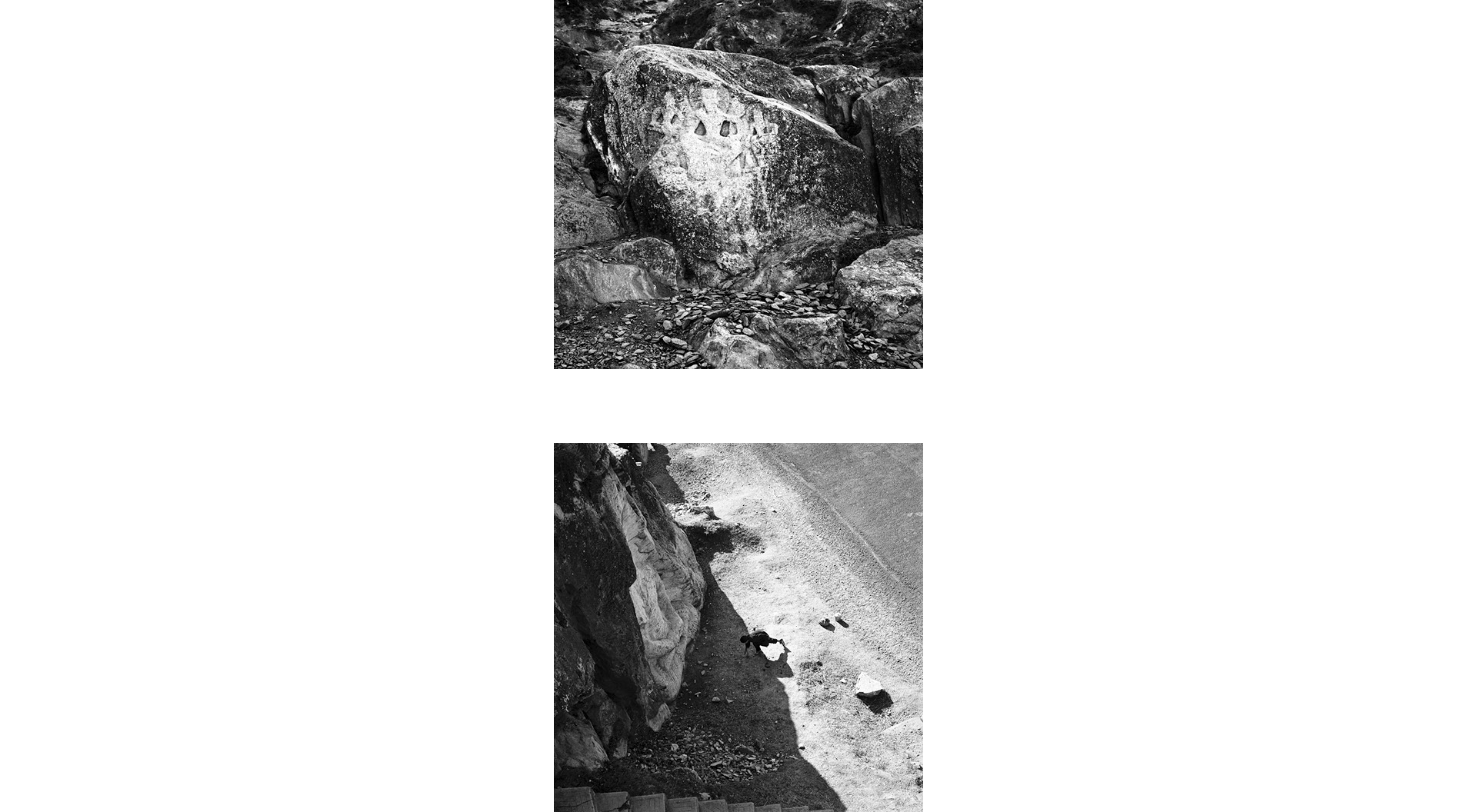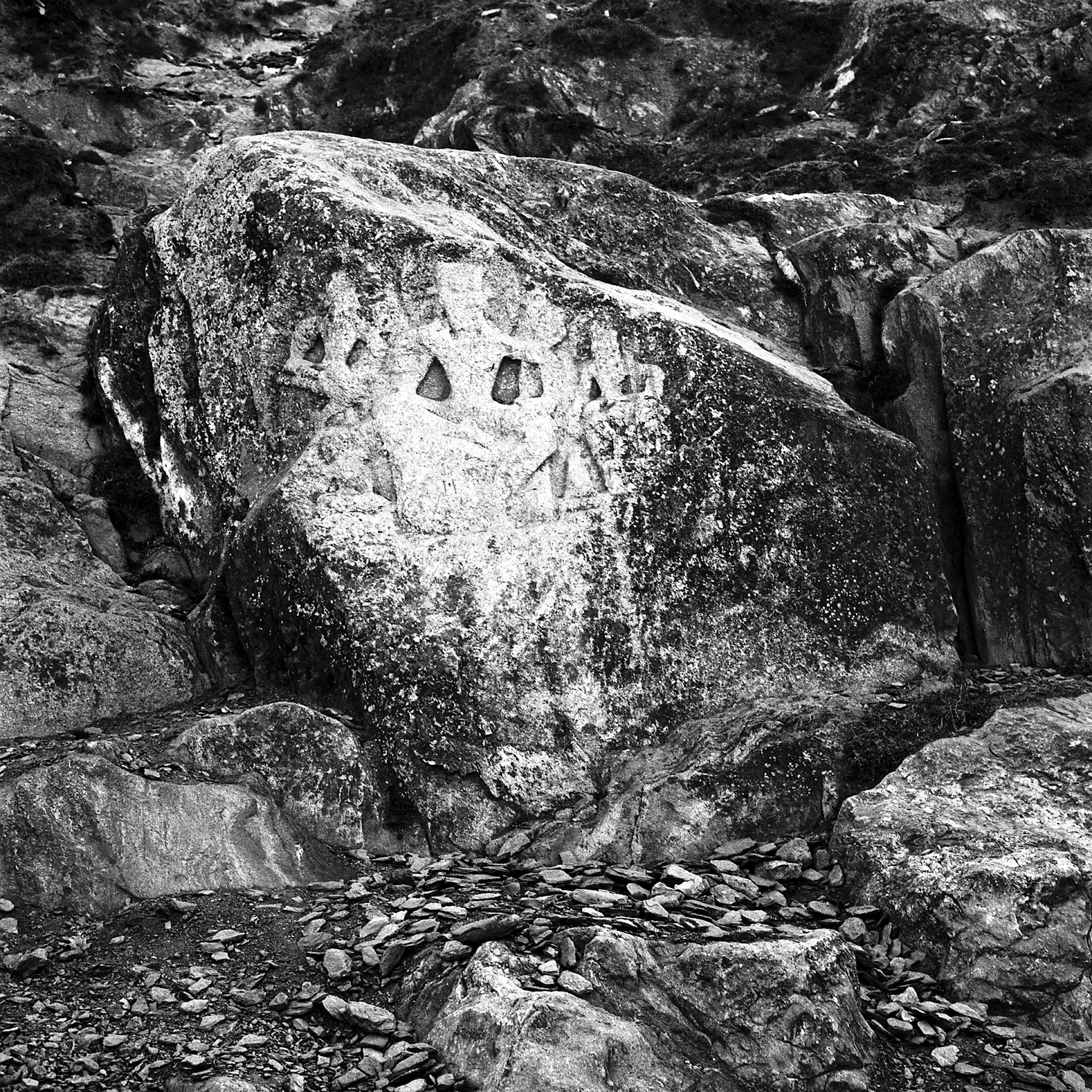2009
Swat – Mutilated Faces
In the early 2000s in the Swat Valley, a radical mullah began using radio broadcasts to promote Sharia law. By 2007 the Pakistani Taliban, joined by foot soldiers flushed out of Afghanistan by the US and allied forces, controlled much of the valley and its center Mingora.
As an agreement between the Taliban and the government allowed Sharia law to be imposed in the valley, its residents were caught in a dilemma. They opposed Taliban rule, but were enraged, too, by US air strikes and the Pakistan army operations that were killing civilians in border regions. Civil rights in Swat declined rapidly, schools were destroyed, entertainment banned, and the severed heads of opponents publicly displayed.
Fear that the Taliban could reach the capital Islamabad, only half a day’s drive from Swat, led to a counterinsurgency in May 2009. Tens of thousands of homes were destroyed, there were reports of extrajudicial killings, illegal detention, and collective punishment, although the army denied any such abuses.
By the end of August, 1.6 of 2.2 million internally displaced people had returned. Whilst they still had to fear radical insurgent attacks, they resumed throwing stones at the Buddha’s faces carved into countless cliffs and boulders scattered across the fields. The practice had come to the valley with its conquest by Mahmud of Ghazna and the Islamization of Gandhara in the 11th century. Every stone that hits, the Muslims believe, brings the flinger one step closer to Paradise.
For foreigners, access to the valley remained restricted, just as it had been at the time of the offensive. During what was a rare visit, there was a chance to travel to Mingora and beyond to look for the vestiges of the ancient Buddhist kingdom of Gandhara. A crossroads for traders and cultural meeting place between India, Central Asia, and the Middle East with links to the Vale of Peshawar and from there into the lower valleys of the Kābul and Swāt rivers, Gandhara was reached by Alexander the Great in the 4th century BCE. The characteristic depiction of the Buddha that evolved from the 1st century BCE represented him with a youthful, Apollo-like face, dressed in garments resembling those of Roman Imperial-era statues.
The journey was linked to the reportage Afghanistan – A Thirty Years War, commissioned and published by WOZ – Die Wochenzeitung, Zürich, and became part of Failure in the East, a project in the making.
Assignments
- 2010–2018Afghanistan – Glacier Walks in Times of War
- 2012Burma Revisited
- 2009Swat – Mutilated Faces
- 2007Kazakhstan – Oil Great Game in Central Asia
- 2005Turkmenistan – A Journey under Surveillance
- 2004China – Farewell to Kashgar
- 2001–2010Afghanistan – A Thirty Years War
- 2001China – The Transformation of Xinjiang
- 2001Afghanistan – Drought and Famine
- 2000Kashmir – Paradise Lost
- 2000Ulanbataar – Children’s Underworld
- 2000London – Going Southwark
- 1999Indonesia – East Timor: Times of Agony
- 1998–1999Borneo – Destruction Business
- 1998Afghanistan – Economy of Survival
- 1997Cambodia – Quiet Days in Pailin
- 1996Tajikistan – Forbidden Badakshan
- 1995Iran – Roads to Isfahan
- 1994–the presentAngkor – The Mercy of Ruins
- 1994Bangladesh – Sandwip: An Island disappears into the Sea
- 1993Calcutta – Durga Puja
- 1992–1996Indochina – Legacies of War
- 1992Cambodia – Resurrecting a Country
- 1991–1992Burma – Behind the Bamboo Curtain
- 1990Ahmedabad – Cotton Mills
- 1987China – The Pulse of the Earth
- 1978–1980Greece – Lavrion Silver


